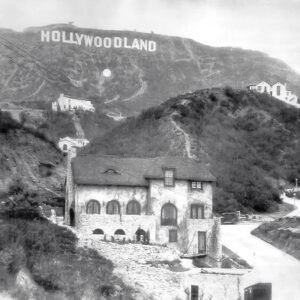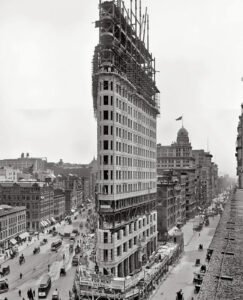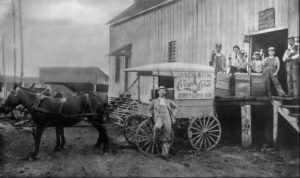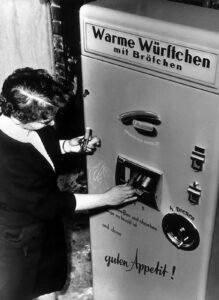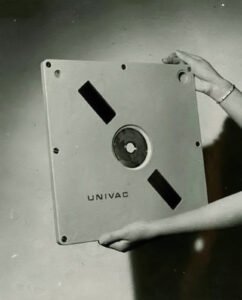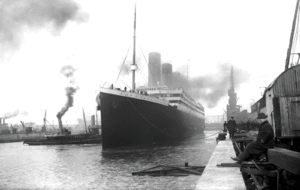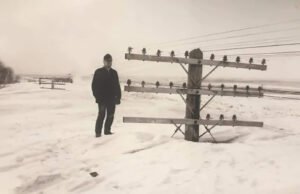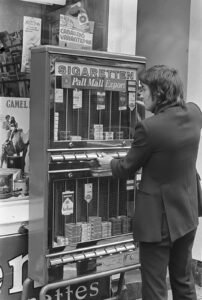
Harry Houdini’s Hollywood home. Still standing today.
Flatiron Building in Manhattan under construction in 1902
Computer class (1972)
Coca-Cola delivery wagon. Jackson, Mississippi, 1900.
A sausage-dispensing vending machine in Berlin, Germany. (1954)
A motor coach from 1913 (United Kingdom).
1901 Tinder
6 year old paperboy, 1910
2.2 megabytes in 1966
Titanic leaves port in 1912.
Dismantling of the Berlin Wall in 1989.
Construction of the Eiffel Tower in 1888.
Construction of the Manhattan Bridge in 1908.
This is the Mitsubishi Dialtone D160, the largest 60-inch subwoofer ever made in the 1980s. Weighing in at 800kg, it can easily shatter windows and generate small earthquakes that can be felt as ground vibrations within a 2km radius. At the Koriyama plant, the test was initially conducted in a measuring room, but was stopped because ceiling lights fell due to vibrations. The outdoor test apparently had a negative impact on the neighborhood. At a distance of about 100m from the subwoofer, the sound was noticeable, but at greater distances it was transmitted to the ground as vibration and noise rather than as audible sound. Damage such as vibrations, small earthquakes, and noise from walls and windows occurred within a 2km radius of the plant.
Philadelphia 1921. Harley Davidson motorcycle with jail cell sidecar.
This was Las Vegas in 1947.
This is a photo taken off the Empire State Building on July 28th 1945.

The damage on the building was caused by a B-25 bomber crashing into 79th floor.
The bomber was flown by the highly decorated pilot William Smith, who had just arrived home from Europe. Here he had flown 34 successful combat missions and was on his way to the pacific theater. But on that morning the skies over Manhattan were filled with a heavy fog and when Smith noticed the Empire State Building in front of his plane it was already too late. On impact flames shot as high as the observation deck on 86th floor.
The three men crewing the plane lost their lives along with 11 people in the building.
On that day twenty year old Betty Lou Oliver was doing her very last shift as an elevator operator. She was on the 80th floor when the plane hit the building and shortly after the elevator began plummeting The elevator fell more than 1000 feet until it crashed into the floor of the buildings subbasement. By a miracle Oliver survived the crash, she went onto have three children and live till she was 74 in 1999.

